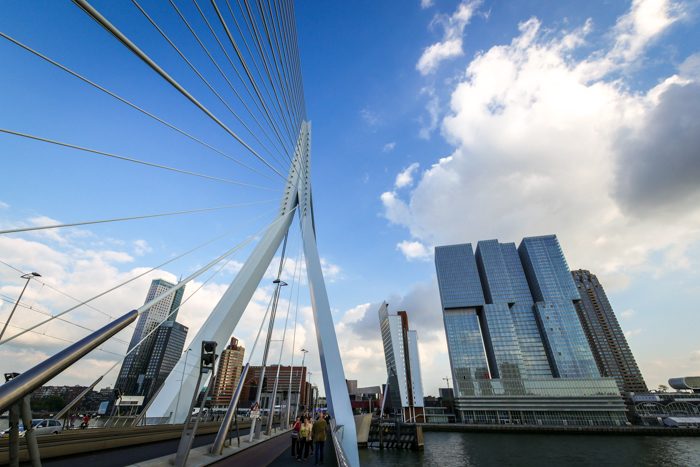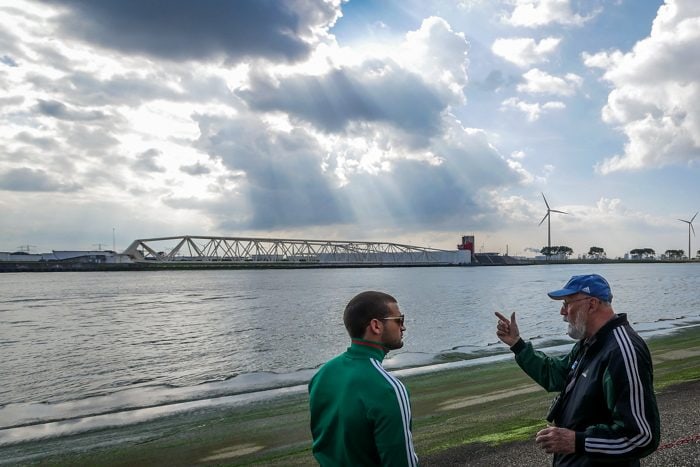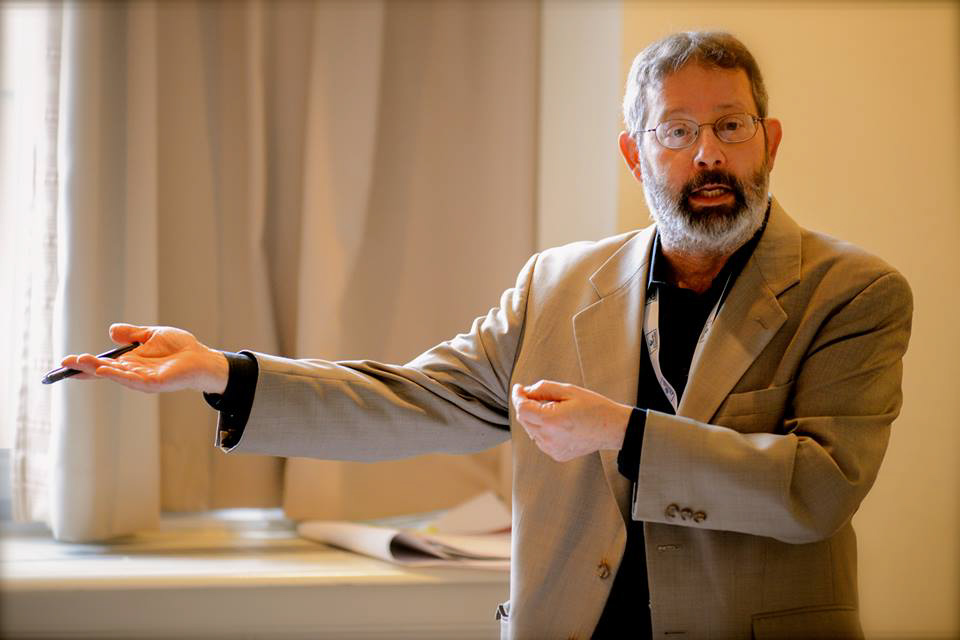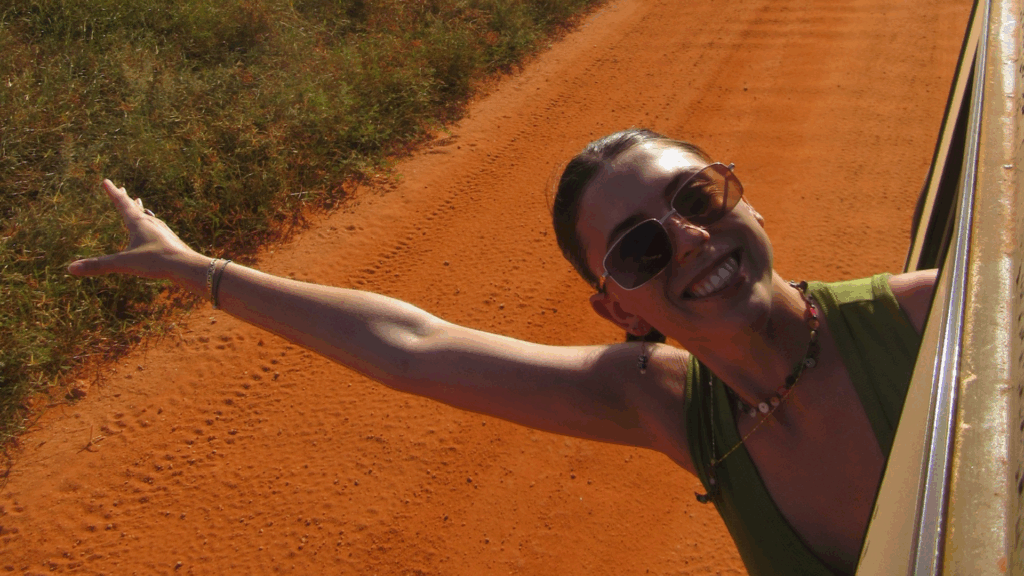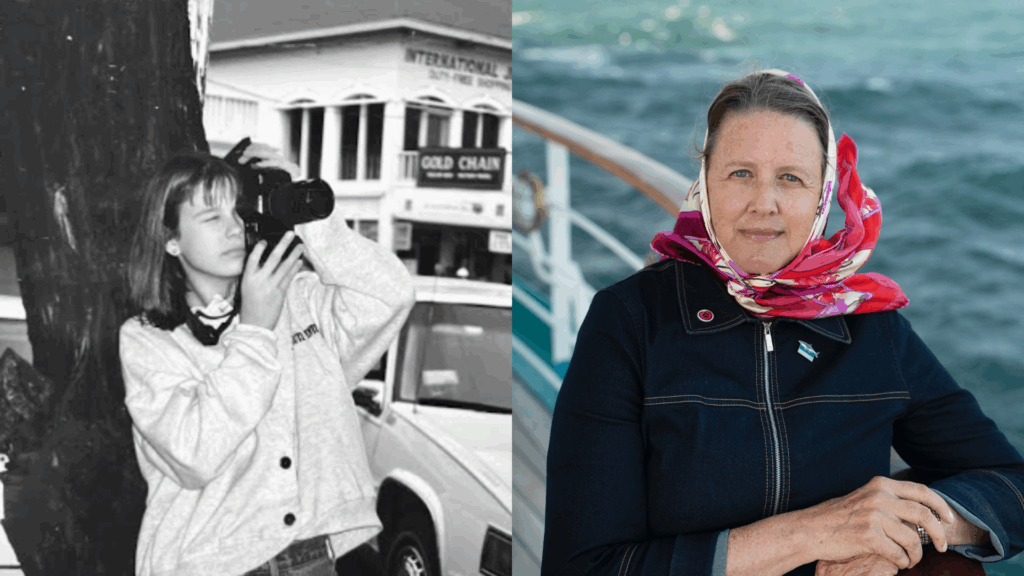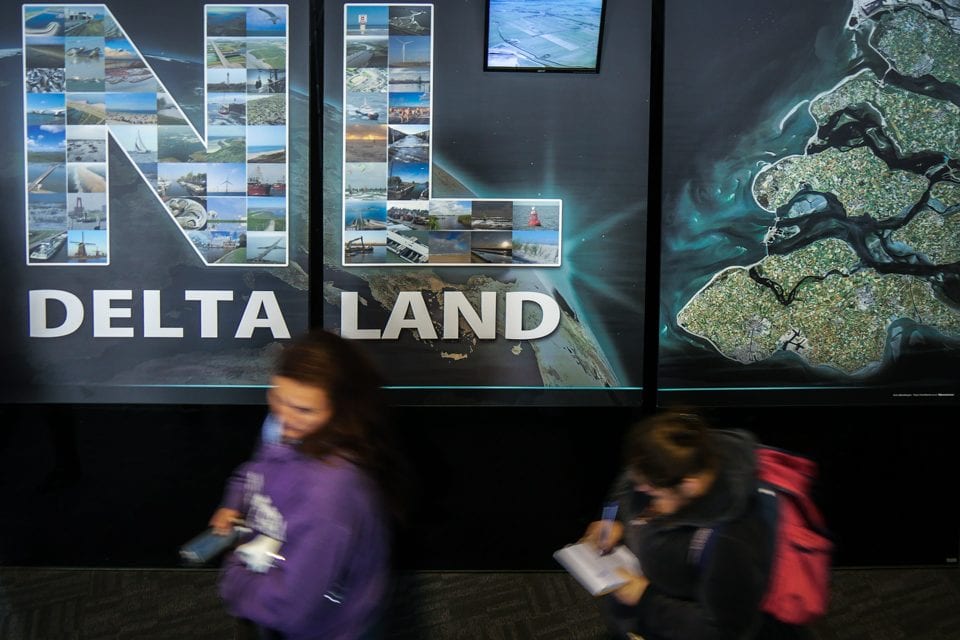
Fall 2014 students enrolled in the course Understanding Great Structures ventured out from the MV Explorer, which had made port in Antwerp, Belgium, to the Netherlands to increase their understanding about how low-lying countries protect their land and people from being inundated with water. Professor Richard D’Amato led the field program with visits to Oosterscheldekering, Maeslantkering, and Rotterdam, studying three different engineering marvels with the same purpose: coping with water intrusion.
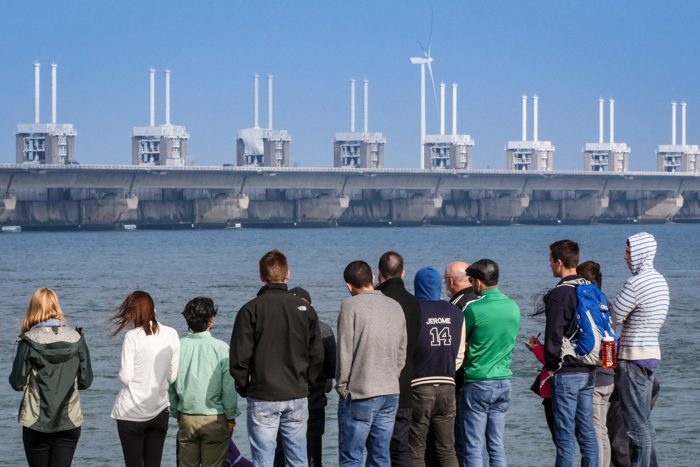
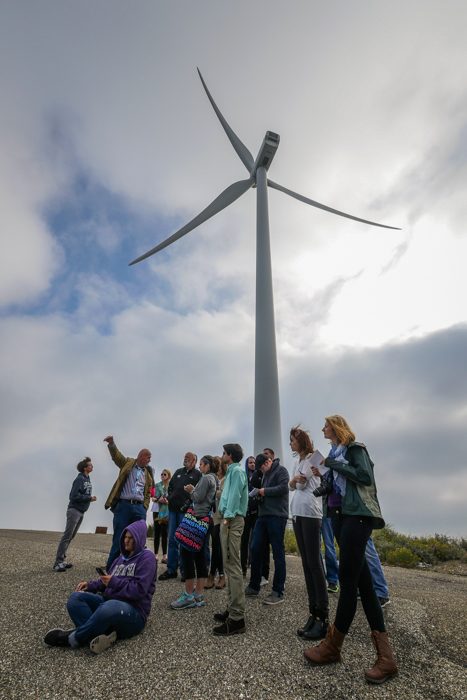
“With 47% of the Netherlands below sea level, the Oosterschelde Barrier protects half of the country. The bridge is made up of 65 pillars that close the barrier, which takes two hours, when a storm surge happens. The barrier system was built from cables and concrete, materials we had read about in class. It took about 10 years to build and has been closed 20 times since it was completed in 1986. There were also windmills right next to the barrier. The windmills made the experience even greater because I’ve never been that close to one! You can hear the windmill roar as it turns through the wind. I never imagined how big one was until I stood under it!” ‚Äì Kayla Bernel, University of Hawaii Hilo
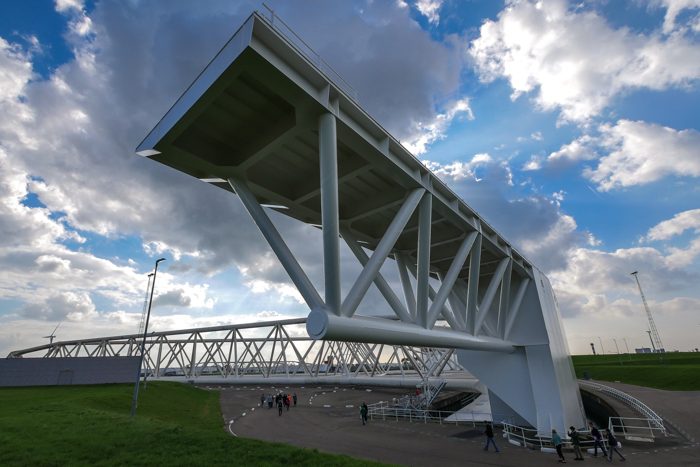
“The Maeslandkering structure really stood out to me because the barrier closes a span of approximately 360 meters, but is designed to allow ships into the harbour of Rotterdam. I found it interesting that four Eiffel Towers could be built with the amount of steel used to build the barrier and the size of the trusses really impressed me. Also, the area is covered in dykes to protect the farmland near the ocean, which reminds me of home because the Annapolis Valley (where I go to University) has a lot of dykes.” ‚Äì Breanna Boyd, Acadia University
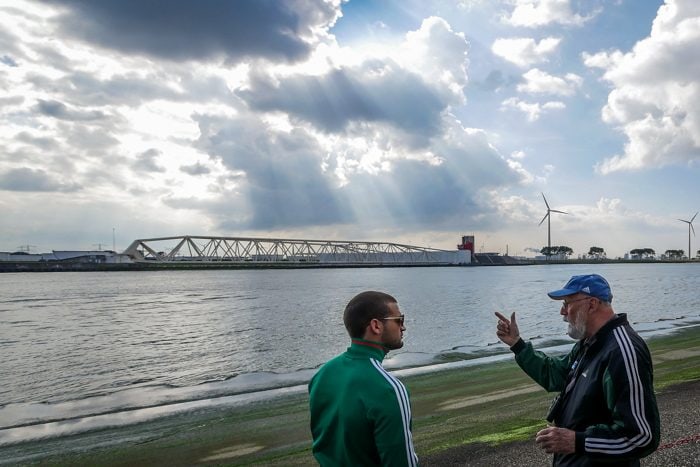
“At the end of the day we had the chance to see the Erasmus Bridge, or Swan Bridge. It is a cable-stay bridge that earns it nickname by the large supporting column that is bent in the shape of the neck of a swan. In class we learned how the bridge supports itself, like the placement of the cables versus the beams. Actually seeing the bridge in person made it easy to feel just how great the accomplishment of building the bridge was. It looks like it shouldn’t function with many cables on one side versus only two on the other. However, putting my feet on the bridge and feeling its sturdiness gave me confidence in the engineers who designed it as well as the materials that allow it to stand.” ‚Äì Lucy Call, University of Virginia
